The Polyamorists
Next Door
The Polyamorists
Next Door
Inside Multiple-Partner
Relationships and Families
Elisabeth Sheff
ROWMAN & LITTLEFIELD PUBLISHERS, INC.
Lanham Boulder New York Toronto Plymouth, UK
Rowman & Littlefield
4501 Forbes Boulevard, Suite 200, Lanham, Maryland 20706
www.rowman.com
10 Thornbury Road, Plymouth PL6 7PP, United Kingdom
Copyright 2014 by Rowman & Littlefield
All rights reserved. No part of this book may be reproduced in any form or by any electronic or mechanical means, including information storage and retrieval systems, without written permission from the publisher, except by a reviewer who may quote passages in a review.
British Library Cataloguing in Publication Information Available
Library of Congress Cataloging-in-Publication Data
Sheff, Elisabeth, 1969
The polyamorists next door : inside multiple-partner relationships and families / Elisabeth Sheff.
pages cm
Includes bibliographical references and index.
ISBN 978-1-4422-2295-3 (cloth : alk. paper)ISBN 978-1-4422-2296-0 (electronic)
1. Non-monogamous relationships. 2. Open marriage. 3. Families. 4. Sexual ethics. I. Title.
HQ980.A527 2010
306.84dc23
2013024916
 TM The paper used in this publication meets the minimum requirements of American National Standard for Information Sciences Permanence of Paper for Printed Library Materials, ANSI/NISO Z39.48-1992.
TM The paper used in this publication meets the minimum requirements of American National Standard for Information Sciences Permanence of Paper for Printed Library Materials, ANSI/NISO Z39.48-1992.
Printed in the United States of America
Acknowledgments
I would like to thank the following people and organizations for their support across the many years I have conducted the Polyamorous Families study and written this book. This book would not have been possible without all of you.
Patricia and Peter Adler; Serena Anderlini-DOnofrio; the American Association of Sexuality Educators, Counselors, and Therapists (AASECT); Meg Barker; Jonathan, Jordan, Mike, and Tess Berger; Francesca Coin; the Community Academic Alliance for Research on Alternative Sexualities (CARAS); Stephanie Coontz; Dawn Davidson; Kris DeWelde; Denise Donnelly; Shari Dworkin; Maureen Ewell; Alice Fothergill; Terry Gross; Rhett Gayle; Corie Hammers; Ken Haslam; David LaPorta; Ryam Nearing; Maria Pallotta-Chiarolli; Erika Pluhar; Polyfamilies; PolyResearchers; Adina Nack; Donald Reitzes; Erin Ruel; Christine, Colby, Elaine, and Jonathan Sheff; Wendy Simonds; Suzanne Staszak-Silva; Sociologists for Women in Society (SWS); the Society for the Study of Social Problems (SSSP); Cascade and Zhahai Spring; Tristan Taormino; Geraldine Thompson; Robyn Trask; Chandra Ward; Mary Wolf; and the many participants who allowed me to ask them probing questions about their familiesthanks for your time and your candor!
Introduction
Ahhh, that was great! I was starved, Dani Warren said, pushing back from the table. In her mid-forties, white, highly educated, middle class, and liberal, Dani looked every inch the poly hippie mom. Next to her sat Lex, one of her husbands, and next to him sat Mike, their mutual husband and third member in the Warren triad. Lex had whipped up a Mexi-Cali feast that the four adults and four children seated around the table had just devoured, and we sat chatting before clearing the table. Mike commented, The rice was excellent, just the right amount of spice. Thanks for making dinner, Lex. Lex responded Eli helped. She was my sous Sheff. Get it? Sous chef? Chuckling over the pun they had made with my last name, the two men smiled at each other and touched hands. Well thanks to you, too, then, Eli, Mike responded.
* * * * *
In this book you will meet families like the Warrens, who are polyamorous. They are your bankers, information technology specialists, teachers, and dentists. Like your other neighbors, they love their children, still owe on their student loans, forget to floss, and could probably stand to lose a few pounds. The thing that sets them apart from your other neighbors is that they have (or are open to having) multiple romantic partners at the same time and with each others consent.
Polyamory is not for everyone. Complex, time-consuming, and potentially fraught with emotional booby traps, polyamory is tremendously rewarding for some people and a complete disaster for others. While I explain it in far greater detail later in the book, here I briefly define polyamory as consensual and emotionally intimate nonmonogamous relationships in which both women and men can negotiate to have multiple partners.
This book reports the results of my fifteen-year ethnographic study of polyamorous families with children. Because I quote many people, and it can be a little confusing, I have included a list in Appendix A of the families I frequently refer to for clarity. There is also Appendix B with more information on my research methods.
Initially, I approached polyamory as a civilian rather than a researcher. I was madly in love with a man who wanted to be nonmonogamous, and as an intellectual I try to understand things that frighten me. I was terrified of nonmonogamy, or what I learned in 1995 was called polyamory when I heard a National Public Radio interview with Ryam Nearing, then publisher of the polyamorous magazine Loving More. In an effort to master my fear, I sought out the local poly community and began asking members how they managed their multiple-partner relationships. Deep into the graduate school process by then, it eventually became clear to me that the social implications of such an unconventional relationship style would make an ideal dissertation, so I formalized my initial self-serving questions into an official study with the universitys Institutional Research Board (IRB) approval in 1996. Sixteen years later, I am almost fully recovered from my near brush with polyamory that drove me to sell my house and move to a different state to run away from disaster, and which expanded my mind, broke my heart, and ended my fifteen-year romantic relationship.
While I do not identify as polyamorous myself, I see it as a legitimate relationship style that can be tremendously rewarding for adults and provide excellent nurturing for children. Most of the evidence I use in this book comes from the many wonderful people who volunteered their time and energy to participate in interviews, though I also include some of my own experiences in chapter 4 because they are emblematic of what can happen when poly relationships go awry.
Polyamorous families are increasingly common, though fairly little is known about them outside of their own social circles. This book provides the information for people who wish to understand these complex and unusual relationships that are springing up across the United States, Canada, Europe, and Australia. As these families spread, professionals from counselors and therapists or educators and clergy to medical staff and lawyers will need factual information based in sound research to help them serve this growing client base.
Contemporary Families
Popular opinion among social conservatives in the United States harkens back to an idyllic 1950s family as the ideal familial form, portraying current society as floundering in a state of decay and lamenting a perceived loss or dilution of the familya heterosexual, monogamous, legally married, two-parent, procreational unit that provides children with stable home environments run by a wage-earning father and supported by a mother who is a full-time parent. The current cultural fascination in the United States with an idyllic vision of traditional marriage reinforces a romanticized, patriarchal family that never existed as we pretend it did. Pretending families used to be static institutions that never evolved and only began to change with the sexual revolution of the 1960s creates the false impression that families today are caught in an unprecedented state of chaos.
Next page


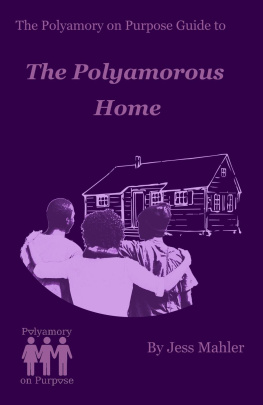
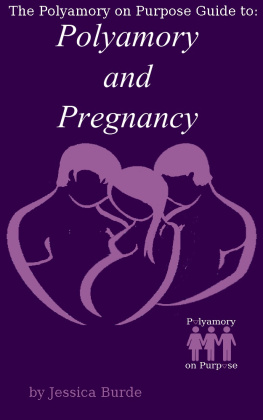
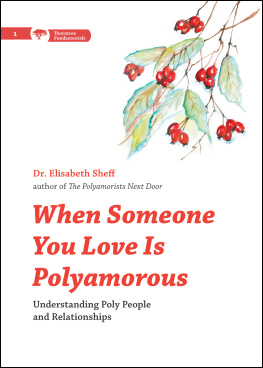
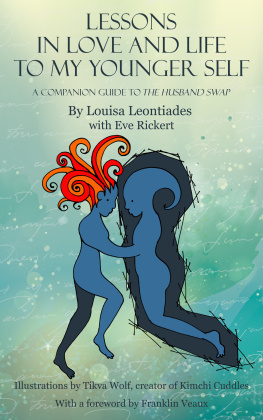
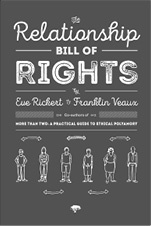
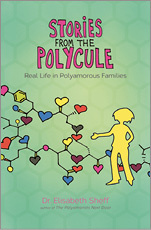


 TM The paper used in this publication meets the minimum requirements of American National Standard for Information Sciences Permanence of Paper for Printed Library Materials, ANSI/NISO Z39.48-1992.
TM The paper used in this publication meets the minimum requirements of American National Standard for Information Sciences Permanence of Paper for Printed Library Materials, ANSI/NISO Z39.48-1992.